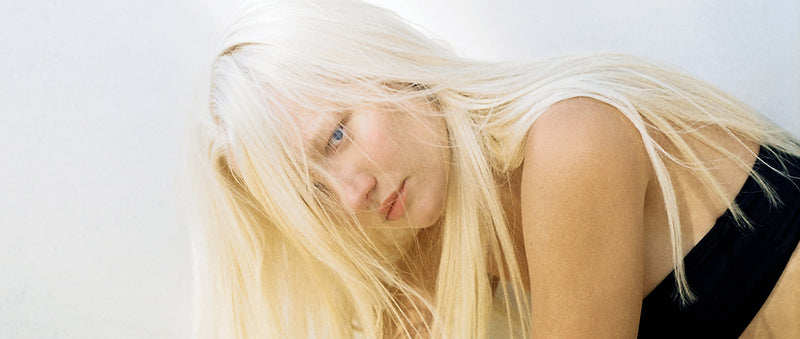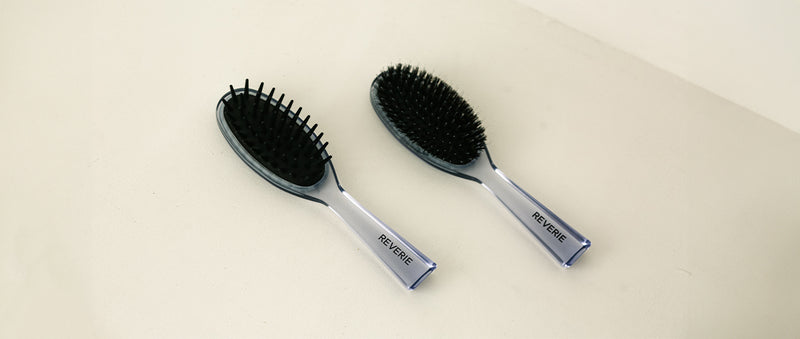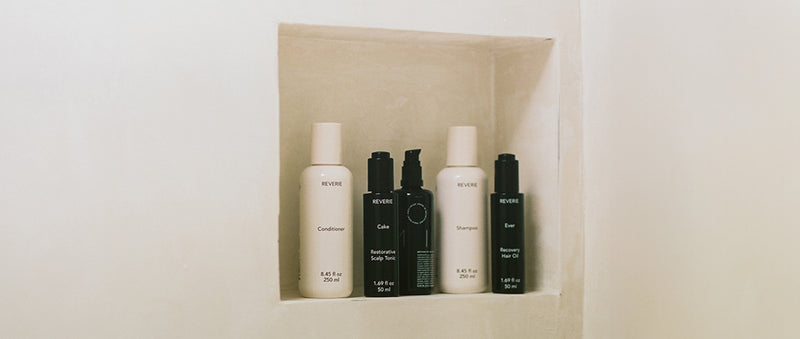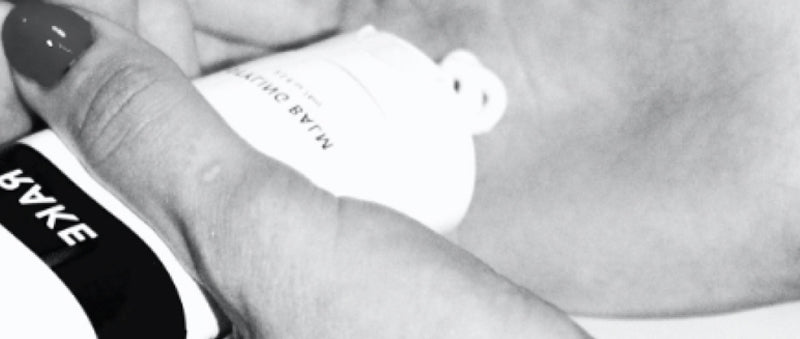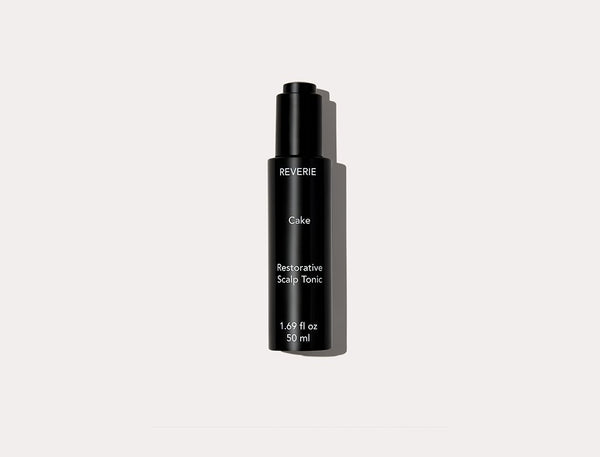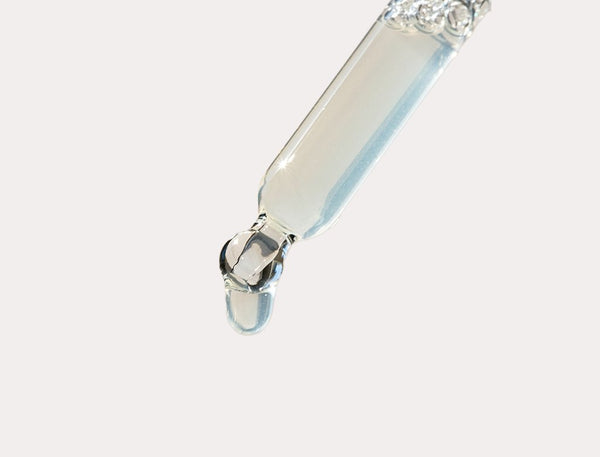Tips For Hair Loss

What to do about hair loss? This is our most asked question and it’s never an easy one to answer because no two people are alike and root causes are sometimes hard to identify. Taking a holistic view of the body versus only addressing the symptom is the best place to start. Hair loss can be traumatic and beyond frustrating. Often times, finding the root cause is an arduous journey, but one that can lead to healing.
Hair follicles are complex systems; each consisting of their own environment. At the base of the follicle is the papilla, which contains capillaries, or tiny blood vessels that nourish the cells. The living part of the hair is the very bottom part surrounding the papilla, called the bulb. The cells of the bulb divide every 23 to 72 hours, remarkably faster than any other cell in the body. (1) The only living part of hair resides in the follicle, everything else is made of keratin. Lets first understand the growth phases of your hair:
ANAGEN is the active phase of the hair. The cells in the root of the hair are dividing rapidly. A new hair is formed and pushes the club hair (a hair that has stopped growing or is no longer in the anagen phase) up the follicle and eventually out. During this phase the hair grows about 1 cm every 28 days. Scalp hair stays in this active phase of growth for two to six years.
CATAGEN phase is a transitional stage and about 3% of all hairs are in this phase at any time. This phase lasts for about two to three weeks. Growth stops and the outer root sheath shrinks and attaches to the root of the hair. This is the formation of what is known as a club hair.
TELOGEN is the resting phase and usually accounts for 6% to 8% of all hairs. This phase lasts for 100 days for hair on the scalp.
Something to note- not everyone has the same duration of Anagen phase. This is why some people can grow their hair past the waist, while others struggle to get length beyond the shoulders.
According to Harvard research, 1 in 5 people will suffer from hair loss or thinning in their lifetime. Determining with a Dermatologist, Trichologist, TCM practitioner or Functional MD whether your hair loss is genetic, scarring, fungal or reactive is the first step to healing. If hair loss is reactive, supporting the follicles, scalp and hair shaft with serums, oil treatments, massages and nutrition is essential. Balance on the inside reflects on the outside. In time, if the underlying cause is resolved the hair usually grows back.
Possible causes of reactive hair loss:
- Hormonal fluctuations
-Stress
-Tight hair styles
-Pregnancy
-Chemical treatments
-Certain medications
-Styling damage
-Lifestyle (sun, chlorine, products)
-Thyroid imbalance
-Iron deficiency
Questions to ask yourself and your doctor:
-How is your overall nutrition?
-Stress level?
-Are you getting quality sleep?
-Are your hormones balanced?
-Are your liver/kidney/spleen stagnant?
-Are you deficient in any key vitamins or minerals?
How to maintain healthy follicles & hair:
Real talk: there is no product on the market that can magically increase the number of hair follicles on your scalp to turn fine hair into thick hair if you have always had fine hair. The amount of follicles you were born with, is what you have to work with, so let’s keep them at maximum functionality! Below we discuss some ways to show your scalp love and in turn, produce and keep healthy hair. ⠀
+ Scalp massages to stimulate blood flow
+ Acupuncture
+ Herbal supplements
+ Using serums, like Cake Restorative Scalp Tonic, that have specific ingredients to benefit the follicles
+ Castor oil treatments
+ Easing away from coloring, bleaching, heat styling, or styles that create traction
+ Nourishing your hair from the inside with a nutrient dense diet
+ Using gentle products to support the scalp microbiome

